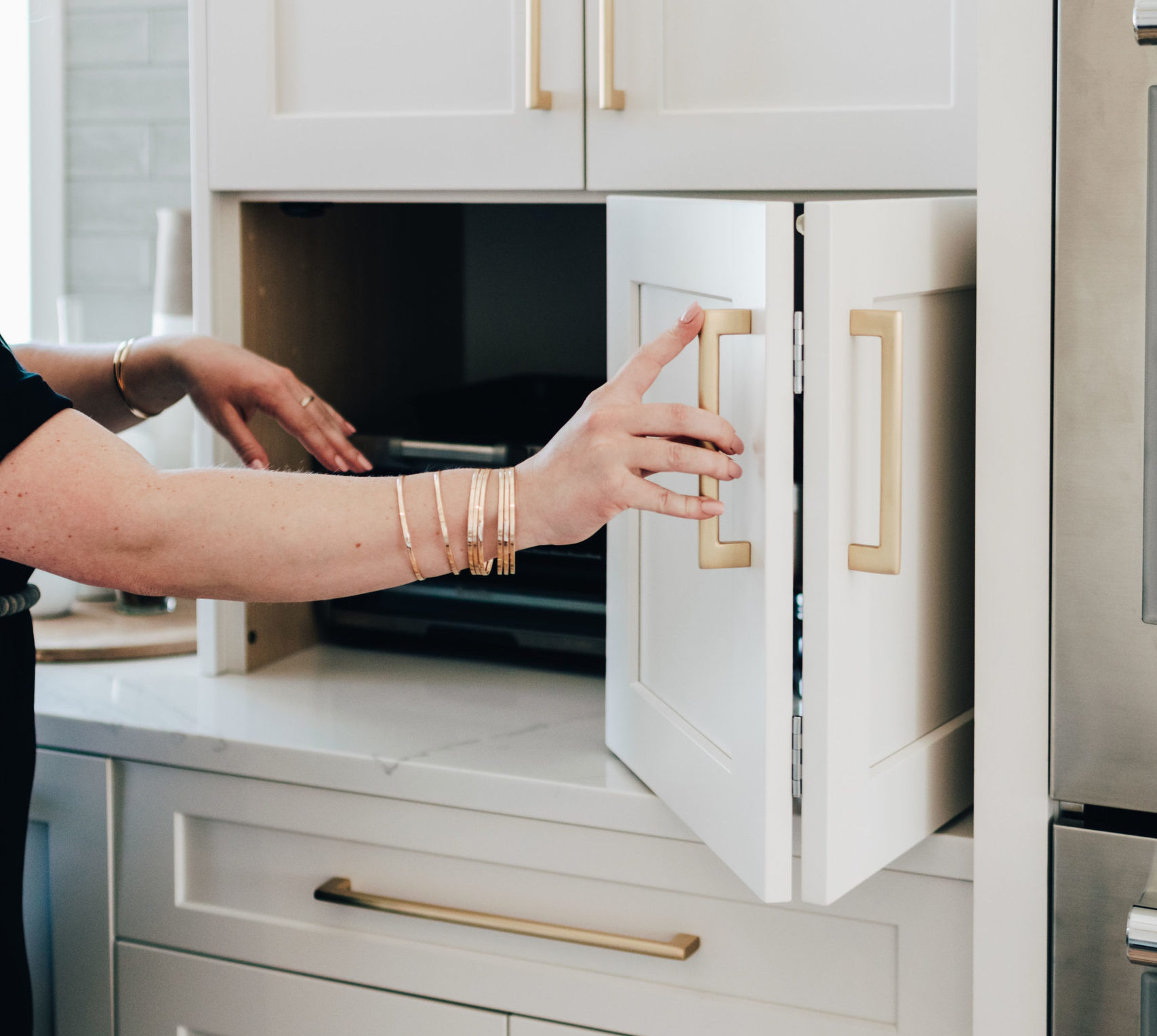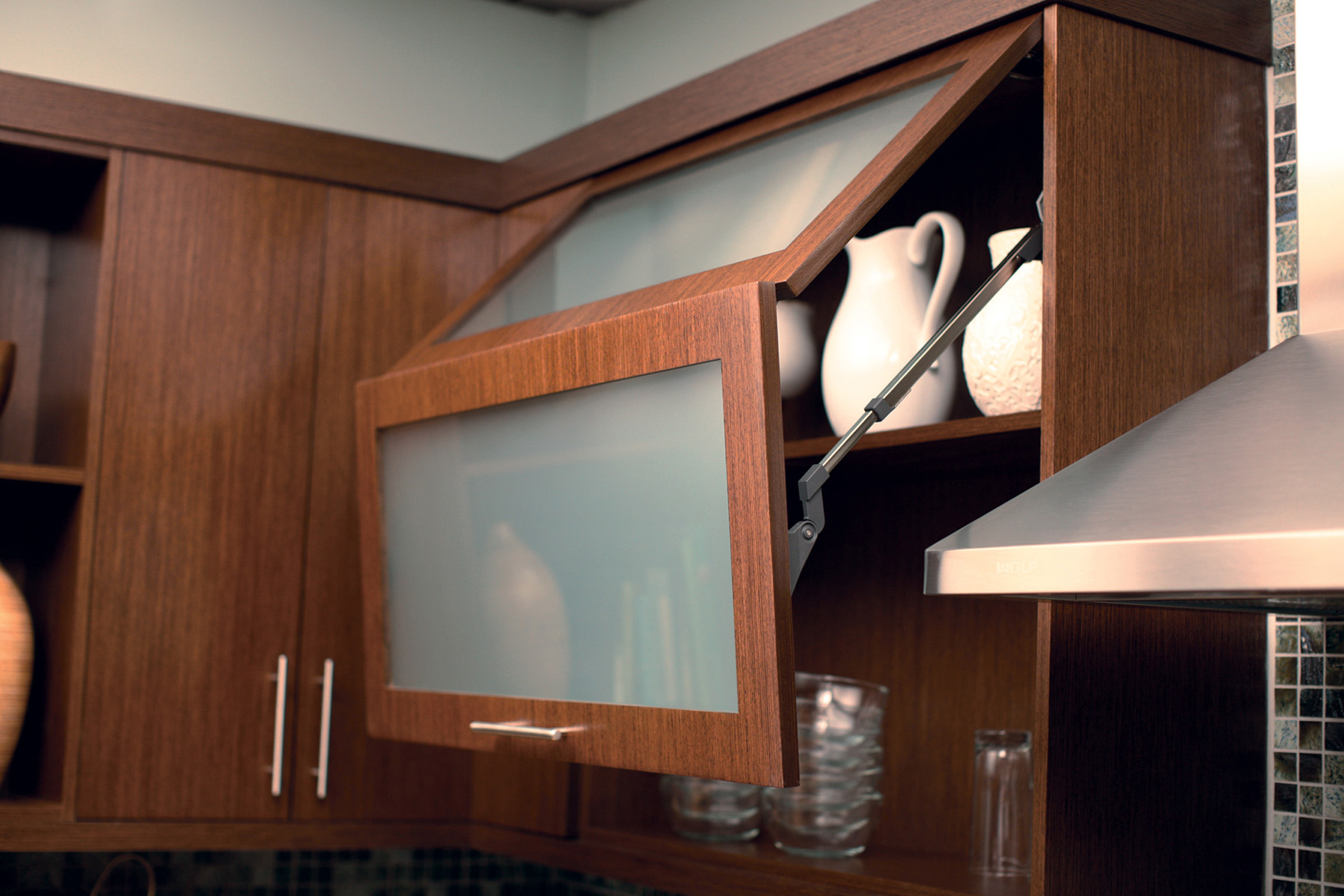Sliding Accordion Cabinet Door Functionality and Mechanics

So, you’ve got these amazing accordion doors, right? They’re like the party animals of the cabinet world – always ready to fold, slide, and generally make a scene (in a good way, of course!). Let’s dive into the nitty-gritty of how these flexible fellas actually work.
Sliding accordion cabinet doors – Basically, these doors are a series of panels connected by hinges, allowing them to fold and slide like a concertina. Think of a tiny, super-organized accordion. Each panel is usually made of wood, plastic, or glass, depending on your fancy, and they’re all joined together by these nifty little hinges. The whole shebang slides along a track system, usually mounted on the cabinet’s sides or top, allowing you to smoothly open and close the doors without taking up a lot of space.
Sliding Accordion Door Mechanics
Let’s break down the components with a handy diagram:
| Component | Description | Function | Material |
|---|---|---|---|
| Panels | Individual sections of the door | Form the door’s surface | Wood, plastic, glass, etc. |
| Hinges | Connectors between panels | Allow panels to fold | Metal, plastic |
| Track | Mounted on cabinet | Guides door movement | Metal, plastic |
| Rollers/Gliders | Attached to panels | Reduce friction on track | Plastic, metal |
Comparison with Other Cabinet Door Types
Now, let’s compare our accordion friends to the other cabinet door types, shall we? It’s like a cabinet door showdown!
Here’s a rundown of the pros and cons:
- Sliding Accordion Doors:
- Advantages: Space-saving, stylish, can cover large openings.
- Disadvantages: Can be more expensive than hinged doors, may not be as durable, potential for dust accumulation between panels.
- Hinged Doors:
- Advantages: Simple, inexpensive, widely available.
- Disadvantages: Need significant swing space, not ideal for small cabinets.
- Bi-fold Doors:
- Advantages: Space-saving compared to hinged doors, relatively inexpensive.
- Disadvantages: Can be less smooth than sliding doors, limited opening width.
Types of Sliding Accordion Door Hardware
The hardware is where the magic happens. Different hardware means different levels of smoothness, durability, and style. Think of it as the secret sauce of your accordion door operation.
Here are a few examples:
- Standard Rollers: These are your basic, everyday rollers. They’re reliable, affordable, and get the job done. Think of them as the trusty workhorses of the accordion door world.
- Heavy-Duty Rollers: For those who want extra strength and durability, especially for heavier doors or frequent use. These are like the bodybuilders of the roller world – built to last.
- Soft-Close Rollers: These fancy rollers add a touch of luxury with their smooth, quiet closing action. No more slamming doors! These are the sophisticated, well-mannered cousins of the standard rollers.
Design and Aesthetics of Sliding Accordion Cabinet Doors

Alright, buckle up, buttercup! We’ve conquered the mechanics, now let’s dive headfirst into the fabulous world of accordion door *design*. Think of it as choosing the perfect outfit for your cabinets – because let’s face it, your cabinets deserve to be stylish.
Three Distinct Sliding Accordion Cabinet Door Designs
Let’s get down to brass tacks (or, you know, wood, glass, and metal!). Here are three distinct designs, each with its own unique personality.
Design 1: Rustic Charm
Imagine warm, honey-colored oak accordion doors, each panel approximately 12 inches wide and 36 inches tall. The wood is slightly distressed, giving it a charmingly lived-in feel. The finish is a satin polyurethane, enhancing the natural grain and protecting it from kitchen spills (because, let’s be honest, spills happen). These doors would be perfect for a farmhouse-style kitchen, adding a touch of rustic elegance to the space. The hardware is simple, brushed nickel, allowing the wood to take center stage.
Design 2: Modern Minimalism
This design screams sleek sophistication. We’re talking frosted glass panels, each measuring 10 inches wide by 40 inches tall, framed in polished stainless steel. The glass diffuses light beautifully, creating a soft, ethereal glow within the cabinet. The stainless steel frames add a touch of industrial chic, perfectly complementing a modern kitchen. The overall effect is clean, minimalist, and undeniably stylish. The hardware is integrated into the frame, maintaining the seamless, minimalist aesthetic.
Design 3: Industrial Edge
For the bold and daring, we have a design that’s all about raw, industrial style. These doors feature corrugated metal panels, each 14 inches wide and 30 inches tall, painted a deep charcoal grey with a matte finish. The raw texture of the metal adds a touch of grit and character, while the dark grey color provides a dramatic backdrop for brightly colored kitchenware. This design is perfect for a loft-style kitchen or a space that embraces a more edgy aesthetic. The hardware is black, providing a striking contrast against the grey metal.
Impact of Materials and Finishes on Aesthetics
The choice of material and finish dramatically impacts the overall aesthetic. Wood brings warmth and texture, glass offers light and sophistication, and metal provides a modern, industrial edge. A glossy finish reflects light, creating a sense of spaciousness, while a matte finish provides a more subdued, understated look. The right combination can completely transform the feel of a kitchen.
Kitchen Design Incorporating Sliding Accordion Cabinet Doors
Picture this: a sun-drenched kitchen with white shaker cabinets, topped with sleek quartz countertops. The back wall features a long stretch of cabinets, showcasing our Design 2 – the frosted glass accordion doors. The soft light filtering through the glass illuminates the colorful dinnerware within. Recessed lighting above provides ample task lighting, while pendant lights over the island add a touch of warmth and ambience. The overall color scheme is bright and airy, with pops of color from the kitchenware and accessories. The sliding accordion doors effortlessly blend into the design, adding a touch of modern elegance without overpowering the space. It’s a symphony of style, my friend, a masterpiece of kitchen design!
Installation and Maintenance of Sliding Accordion Cabinet Doors
Installing sliding accordion cabinet doors might sound like a Herculean task, but with the right tools and a dash of patience (and maybe a stiff drink afterwards), it’s totally manageable. Think of it as a fun DIY project, not a battle against the forces of physics. We’ll cover the installation process, troubleshoot common issues, and give you a maintenance schedule that will keep your doors gliding smoothly for years to come.
Installation Steps
Before you even think about touching a single screw, gather your tools. You’ll need a measuring tape (for obvious reasons), a level (to avoid a wonky installation), a drill with appropriate drill bits, a screwdriver (Phillips and flathead, just in case), and a stud finder (because nobody wants their doors falling down). Safety first, folks! Wear safety glasses to protect your eyes from flying debris. Now, let’s get this show on the road!
- Measure and Mark: Carefully measure the cabinet opening and mark the positions for the door tracks. Remember to account for the accordion door’s width and any necessary overlap.
- Install the Tracks: Using your stud finder, locate wall studs and securely attach the top and bottom tracks to the studs using screws. Double-check everything is level using your trusty level.
- Hang the Doors: Carefully slide the accordion door panels into the tracks. Make sure the panels are aligned properly and move smoothly. If they don’t, adjust the track placement slightly.
- Adjust and Secure: Once the doors are hanging, adjust the tension of the rollers to ensure smooth operation. Tighten all screws to secure the tracks and doors in place.
- Final Check: Test the doors thoroughly. They should slide smoothly and close completely without binding or sticking. If you encounter any problems, go back and check each step to identify the source of the issue.
Troubleshooting Common Installation Problems
So, your accordion doors are acting up? Don’t panic! Let’s tackle some common problems. A little detective work can save you a lot of frustration.
- Problem: Doors are sticking or binding. Solution: Check for obstructions in the tracks. Clean the tracks thoroughly and lubricate the rollers with silicone spray.
- Problem: Doors are uneven or not closing properly. Solution: Verify the tracks are level and securely attached to the studs. Adjust the track position or tighten screws as needed.
- Problem: Rollers are noisy. Solution: Lubricate the rollers with silicone spray. If the noise persists, replace the rollers.
- Problem: Doors are falling off the tracks. Solution: Check that the tracks are securely fastened to the cabinet frame. Ensure the rollers are properly engaged in the tracks. If the problem persists, consider replacing the tracks or rollers.
Regular Maintenance Schedule, Sliding accordion cabinet doors
Maintaining your accordion doors is like taking care of a prized possession – a little effort goes a long way. Here’s a simple schedule to keep them looking and working their best:
| Task | Frequency | Tools/Materials | Notes |
|---|---|---|---|
| Clean tracks and rollers | Monthly | Soft cloth, mild detergent, silicone spray | Remove dust and debris. Lightly lubricate rollers. |
| Inspect for damage | Quarterly | Visual inspection | Check for loose screws, worn rollers, or damaged panels. |
| Deep clean | Semi-annually | Warm soapy water, soft brush | Clean the entire door thoroughly. |
| Replace worn parts | As needed | Replacement parts | Replace worn rollers or damaged panels promptly. |
